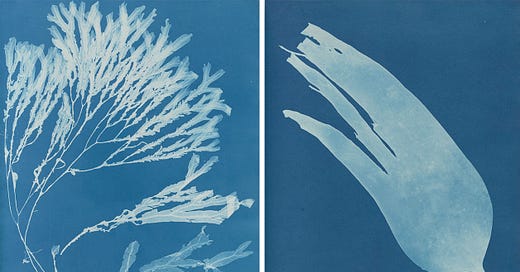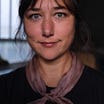Hello friends!
I’m coming at you today with a new Creative Fuel feature: Nice Things.
Like probably most of you, I know that I don’t need another thing in my inbox. And also… some of the favorite things to read/look at are when other people put together visual compilations of things they have found inspiring, informative, or simply interesting. It brings a little joy, a little delight into the everyday, which is exactly what I think art has the amazing power to do—and it’s something that we’re always in need of.
does a particularly good job of this in her newsletter, and I love discovering new artists through her. That’s exactly what Nice Things is going to be. Consider this a little monthly dose of creative inspiration, like a virtual gallery visit.This series will be for paid subscribers, a little thank you for being here and keeping this newsletter and community going. I’ve said it before but I will say it again: thank you!
and I are collaborating on these. A couple of years ago we started a shared Pinterest board, which is in fact called, Nice Things. I often go to it if I am in a bit of a creative funk, or just want a visual pick-me-up. Which is what we’re hoping to bring to you here. Every month we’ll pick a theme and see where it takes us.With that, let’s dive into this month’s edition. Inspired by the recent interview with Pia Östlund about nature printing, Roshni and I both got caught up in a whirlwind of seaweed and the history of seaweed as a lens for investigating and exploring the natural world.
“…Sea plants emerged as a unique locus of opportunity for female natural historians, who were barred from major scientific societies and discouraged from supposedly unseemly pursuits like chasing animals and dissecting the sex organs of land plants. Plus, many were at the shore already, attempting to restore their health through sand promenades and breathing salty air,” writes Cara Giaimo in Nautilus.
One of the most well-known of those women is Margaret Scott Gatty, the author of British Sea-Weeds. Roshni and I both managed to spend quite some time digging into this one.
“It completely distracted me,” writes Roshni. “I found myself 20 minutes later, deeply involved in collecting seaweed along the shore, searching through rock pools with Victorian ladies as if I was reading a novel. I was surprised to find myself drawn in to a science text 150 years old. I’ve never had that experience with any science reading before and I think it was written precisely to this end—to convey accessibility. At a time when women weren’t allowed much entry into scientific fields, Gatty presents this art/science as something for other women to join in with. She describes it as a fun activity, with understandable instructions and a matter of factness that tells me I can try it! And it’s still working, all these years later, I’m ready to go seaweed hunting!”
So off we go seaweed hunting my friends.







